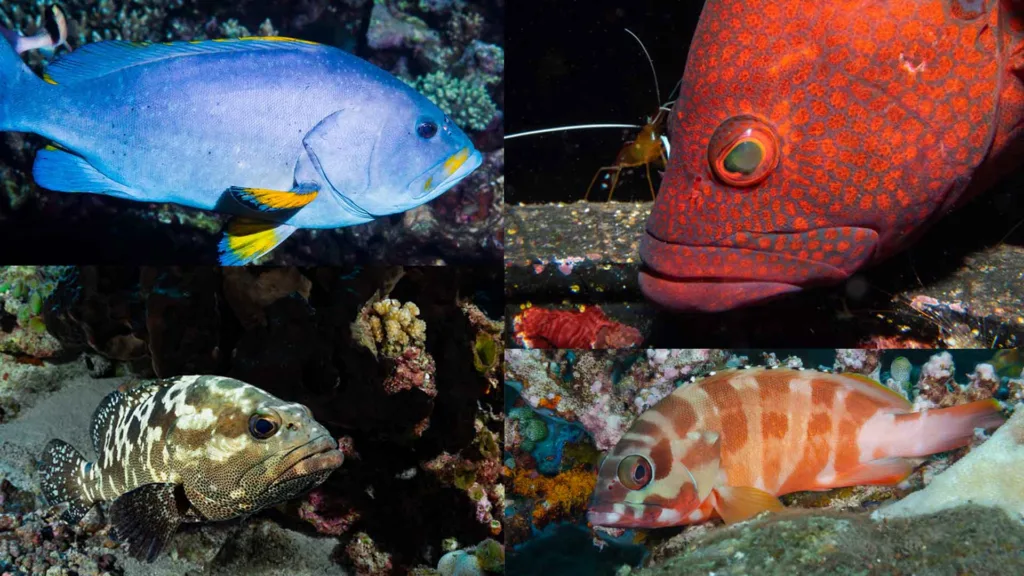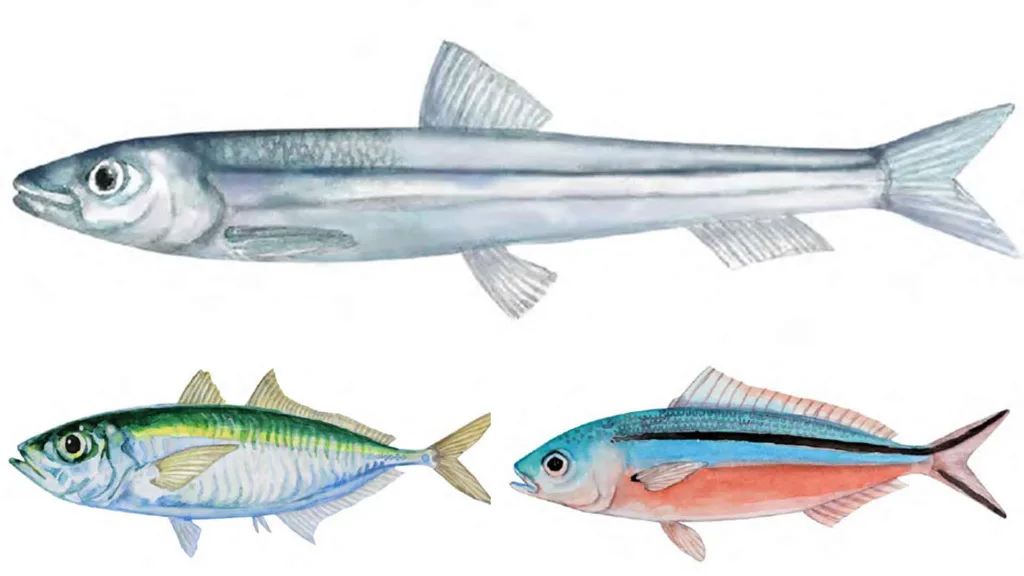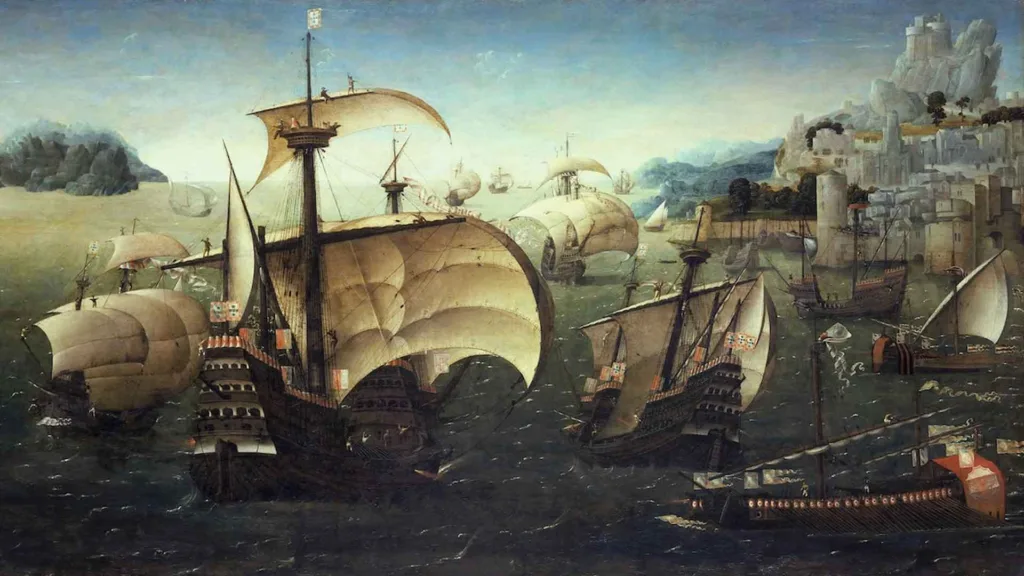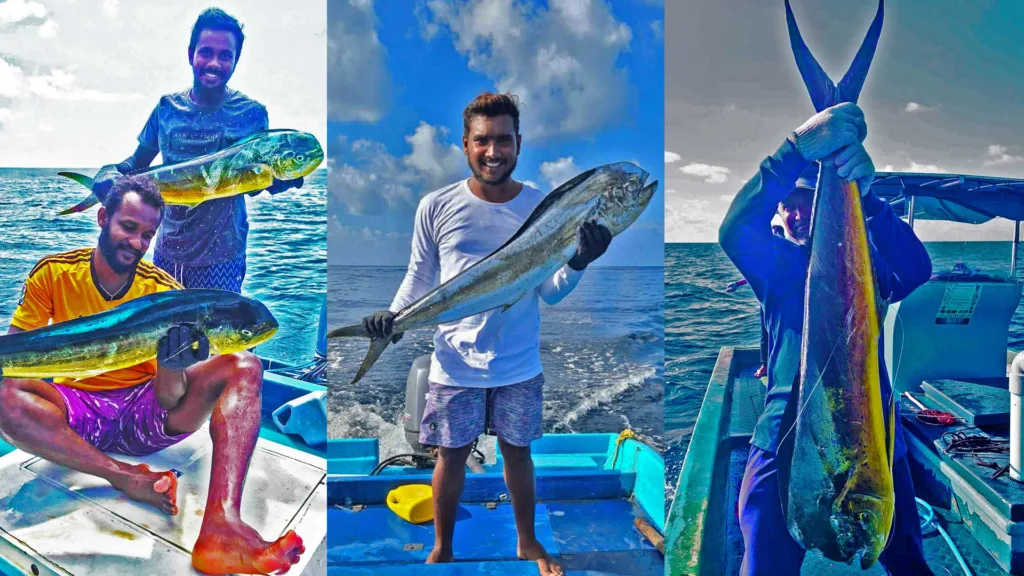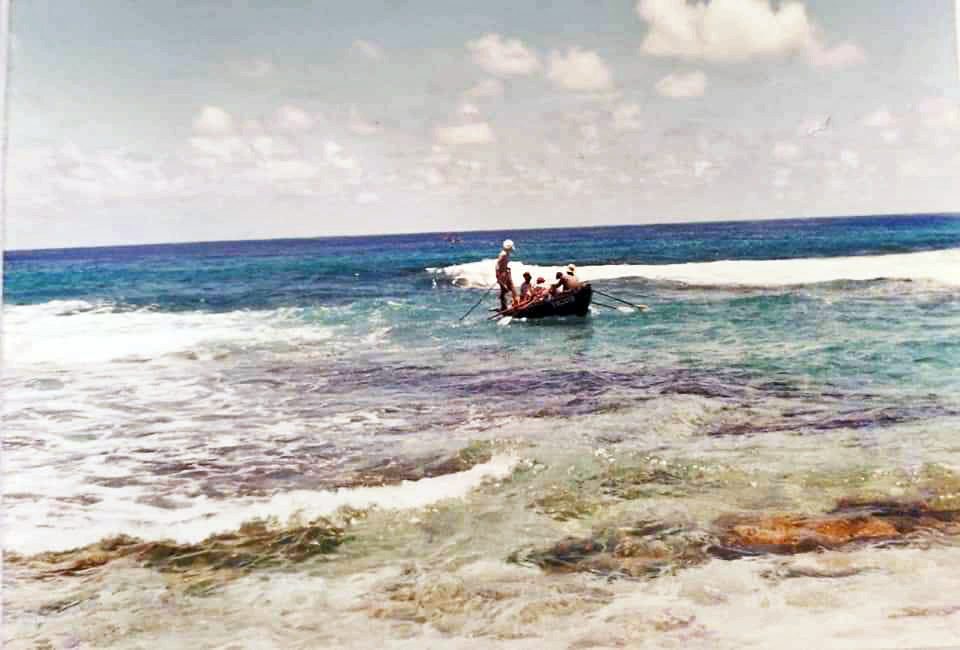
“Row quickly.” This is what the keulhu, chief fisherman who is responsible for the bokkoraa or hafaali dhoani – small vessels used for fishing – usually instructs the crew on. The island uses these boats for fishing and moving goods through its passageways, known as nere. A narrow stretch of reef flat on the island has been demolished to create a passageway.
An extremely tough and huge reef flat surrounds Fuvahmulah. Initially, the government constructed these channels to make it easier for us to reach the island through the reef flat. Even though it’s risky trying to sweep through these passages, it is an exciting, skill-filled, and exhilarating activity.
Fishermen, or rowers, engage in these risky manoeuvres. After getting into the bokkoraa, the rowers slowly make their way to the opening of the nere, which is close to the island’s reef front.
Typically, a bokkoraa will have three rowers. “Dhekedefaali jahaa meehaa” means “person who rows with two oars.” Bandofaali and Jahaameehun are the other two rowers sitting in the middle of the bokkoraa. Each rower only has one oar to move. Rowers must pair up with an oar on either side of the bokkoraa.
By twisting the large spoon-like blades of the oars and pushing the stern of the oars away from their chest in a vertical-circular motion, the rowers create backward thrust, keeping the vessel away from the point where the waves break. The bokkora remains stationary in the middle of the nere.
They are led by the keulhu. You can see the waves from a distance of around 50 to 100 feet away from the bokkoraa. The keulhu will be careful not to let waves crash onto the bokkoraa, which could cause it to capsize if they breach the hull. Thus, he will closely monitor the wave movements.
If the keulhu determines that there are no signs of dangerous and unpredictable waves, he will instruct the crew to row the bokkuraa. Then, they begin rowing at full speed by twisting the oar blades.
The keulhu also moves the boat forward by lowering the stern in the water and pushing the bokkoraa forward. The keulhu then raises the stern out of the water and repeats the process until the bokkuraa sweeps from the opening of the nere.
Several bokkoraa and dhoani capsized during this perilous voyage as enormous waves crashed against them, damaging the ships and their cargo. Among the most courageous keulhu in our district, Ahamamad (Malhabige) commanded the bokkora with the precision of a special operations military commander. Ahamamad (Malhabige) was willing to wait for extended periods in the middle of the Nere, despite the constant impact of large waves.
